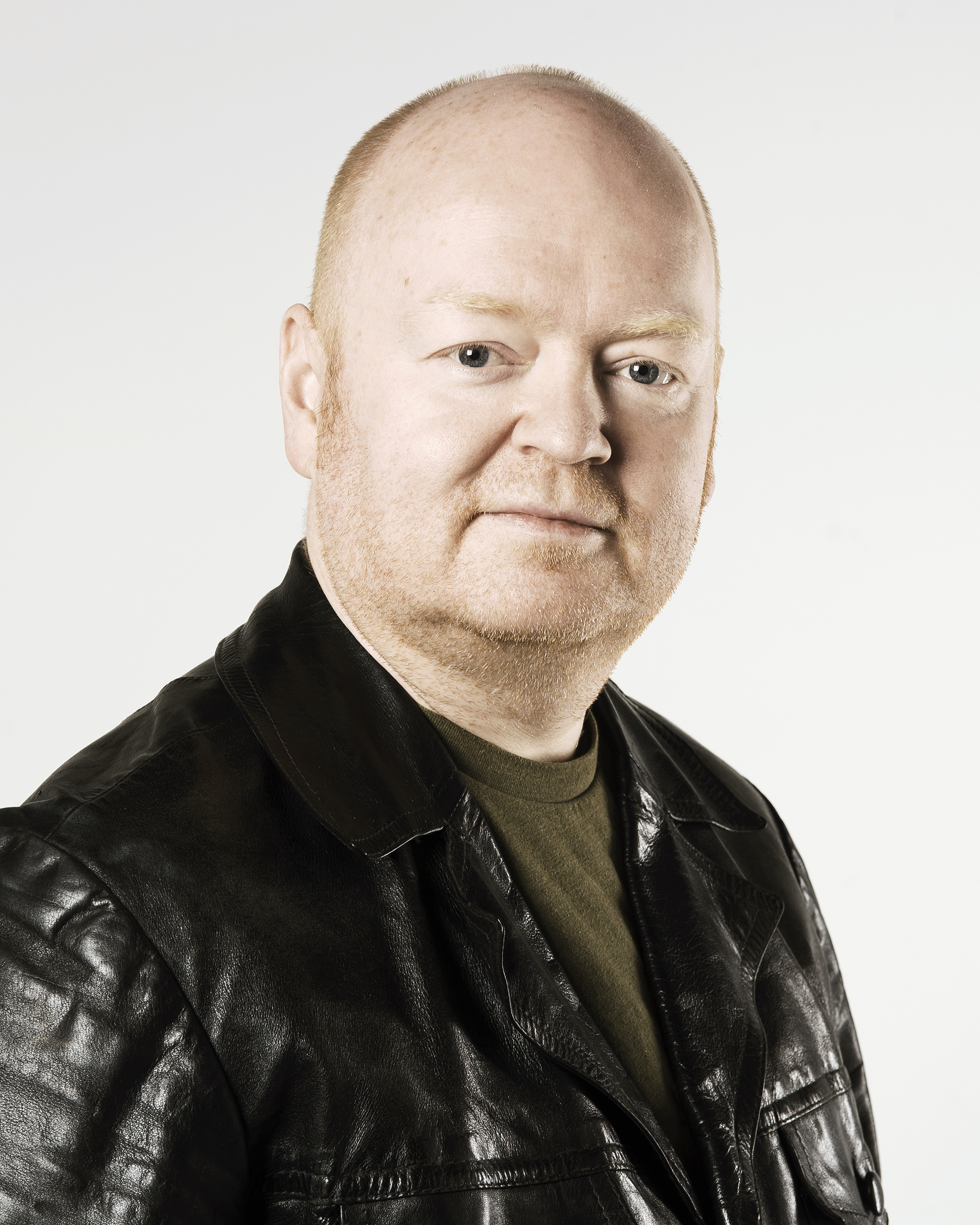Guitar truss rod adjustment: how to do it safely
Learn this essential part of guitar setup and make your guitar easier to play

If your electric or acoustic guitar’s neck is not adjusted correctly, then all your hard work setting your action and intonation will be a big old waste of time.
Adjusting the truss rod can be a scary thought if you've never done it, but take it slowly and it's a key ingredient to making your guitar play its best.
To check if your guitar’s neck needs to be adjusted, you have to eyeball the neck itself. Hold the guitar by the body, never the headstock. If you hold the guitar by the headstock, you’ll put pressure on the neck, which, although slight, will give you a false reading of the neck’s 'straightness'.
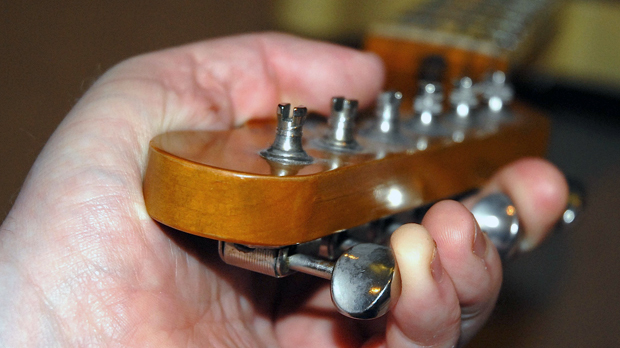
Now look down the bass side of the fingerboard. Try closing one eye. You’ll look like Popeye, but it will help you focus. You should be able to tell if the neck is straight, dipped or over-bent. Repeat the process with the treble side of the fingerboard.
Armed with this information, you can decide whether the neck needs to be adjusted.
If the neck is bent, you need to adjust the truss rod. The only visible part of this metal rod is the bolt in a hole, or under the plastic plate, next to the top nut on the headstock.
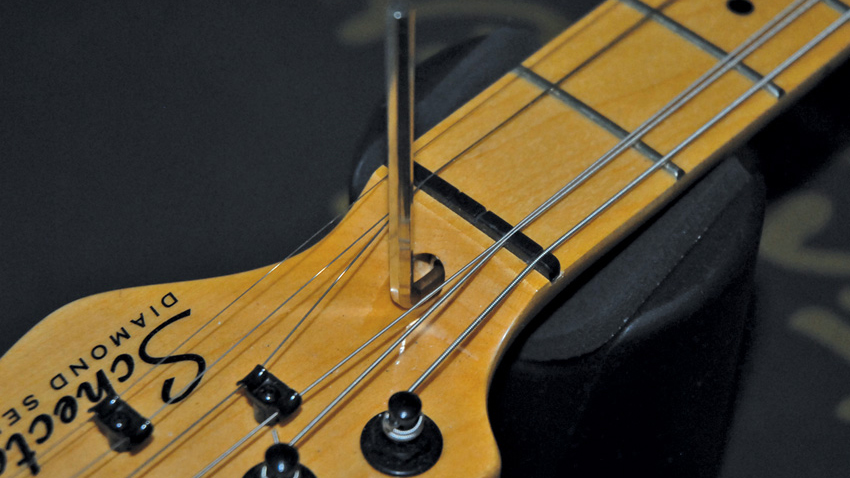
On old-school Fender guitars, there’s a crosshead bolt at the body end of the neck that's dealt with using a screwdriver. You generally have to remove the neck to access this bolt.
All the latest guitar news, interviews, lessons, reviews, deals and more, direct to your inbox!
Gibson guitars have a nut that is adjusted with a box wrench. Most modern guitars have an Allen bolt that is adjusted with, you guessed it, an Allen wrench or key.
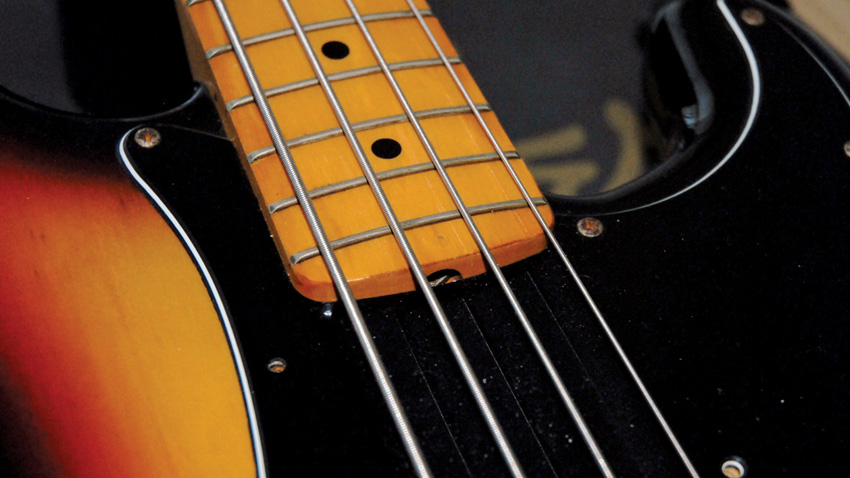
When you’re adjusting the truss rod, make sure the Allen key is seated properly in the truss rod nut; push it all the way in. If you don’t, the nut can be damaged when you try to turn the wrench. The same is true of Fender- and Gibson-style truss rod bolts. They can be easily chewed up by careless tools (in both senses of that term).
Always treat the truss rod with respect. If you turn it too far, it can snap, and that’s a damn expensive repair. You will cry. So always make small adjustments and constantly check your progress. If it feels too tight to adjust, don’t force it. Contact me and I’ll tell you what to do next.
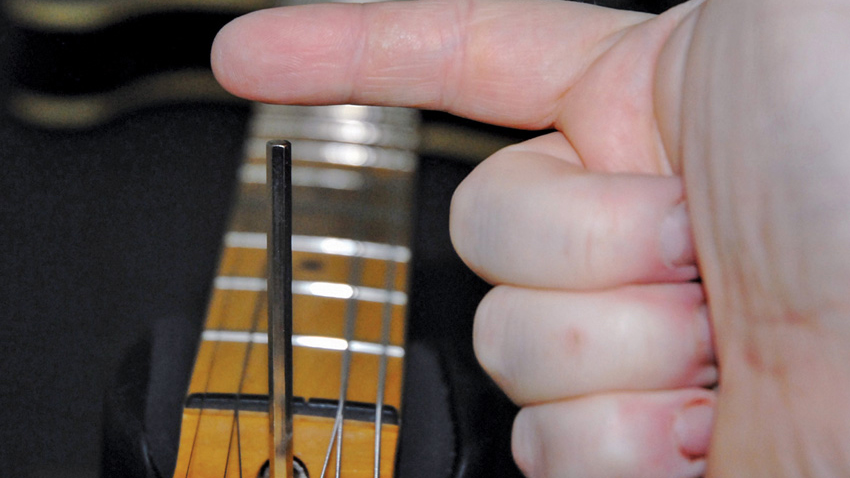
If, when you’ve eyeballed the neck, it’s 'over-bent' (higher in the middle than it is at the headstock and body ends) adjust the truss rod key, wrench or screwdriver, anti-clockwise.
If the neck is 'dipped' (lower in the middle of the fingerboard than at either end), increase the tension on the truss rod by using your tool to adjust it clockwise.

The idea is to get the neck straight as opposed to a banana shape. That doesn’t always mean dead straight. Guitars often play at their best with some relief - a slight dip. So you might have to experiment a bit to find the sweet spot where the action feels just right.
Ed Mitchell was Reviews Editor on Total Guitar magazine from 2003, and his guitar-modding column, Ed’s Shed, appeared in print on both sides of the Atlantic (in both Total Guitar and Guitar World magazines). He was the Editor of The Blues Magazine from 2012-16, and a contributor to Guitarist, Classic Rock and Louder. He died in October 2022, aged 52. Between them, the websites Guitar World, Louder and MusicRadar host over 400 of his articles – among them interviews with Billy Gibbons, Paul Weller, Brian Setzer, profiles on Roy Buchanan, Duane Allman and Peter Green, a joint interview with Jimmy Page and Jack White, and dozens of guitar reviews – and that’s just the ones that made it online.
